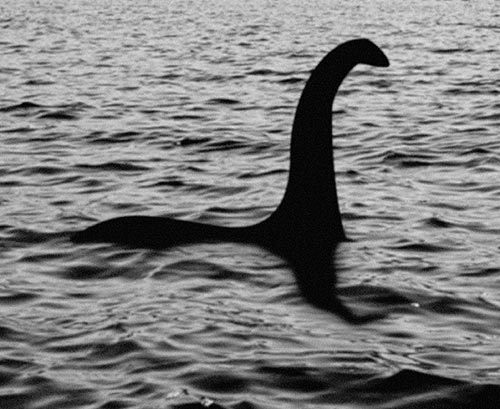The Enigma of Loch Ness: Myths and Realities

Introduction
Loch Ness is one of the most famous bodies of water in the world, renowned for its stunning scenery and the legendary creature said to inhabit its depths – the Loch Ness Monster, affectionately known as ‘Nessie’. This Scottish loch is not only significant for its natural beauty but also for the cultural impact and scientific interest it has garnered over the decades. The exploration of Loch Ness and the tales surrounding it continue to fascinate tourists, researchers, and myth enthusiasts alike, revealing much about human curiosity and belief in the unknown.
The Allure of the Loch
Located in the Scottish Highlands, Loch Ness is a large, deep freshwater loch, with a length of approximately 23 miles and depths reaching up to 230 meters. The loch’s unique geography and murky waters have contributed to the legend of Nessie, which dates back to the 6th century when Saint Columba was said to have encountered a mysterious creature. Modern sightings and purported evidence have sparked numerous investigations, leading to a wide range of theories regarding the existence of the monster.
In 1934, a famous photograph known as the ‘Surgeon’s Photograp’ was released, allegedly showing the head and neck of Nessie. This photograph stirred considerable media frenzy and reinforced the myth of the Loch Ness Monster, despite its later debunking as a hoax. Since then, several expeditions have sought to analyse the loch, employing sonar technology and underwater cameras to uncover its secrets.
Scientific Endeavours and Findings
The fascination with Loch Ness extends beyond folklore. In recent years, several scientific teams have attempted to investigate the loch’s depths. In 2018, a comprehensive DNA survey was carried out, testing water samples to identify the flora and fauna present. The study did not find evidence of a large, unknown creature but did reveal a diverse ecosystem including various species of fish, eels, and otters.
Additionally, advancements in technology have allowed researchers to explore Loch Ness more thoroughly. Underwater drones and advanced imaging techniques are opening new avenues for understanding the loch’s ecosystem, while also disclosing the depths of human imagination as investigators pursue the elusive monster.
Conclusion
Loch Ness remains a subject of intrigue, anchored deeply in Scottish culture and global folklore. While scientific exploration continues to dispel the myths surrounding Nessie, the ongoing interest in Loch Ness demonstrates how legends can endure and evolve. The story of Loch Ness is emblematic of humanity’s quest for mystery and understanding, making it a timeless destination for adventurers and believers alike. Whether one views Nessie as reality or myth, the loch undoubtedly holds a special place in the hearts of people around the world, inviting all to ponder the secrets that lie beneath its surface.





